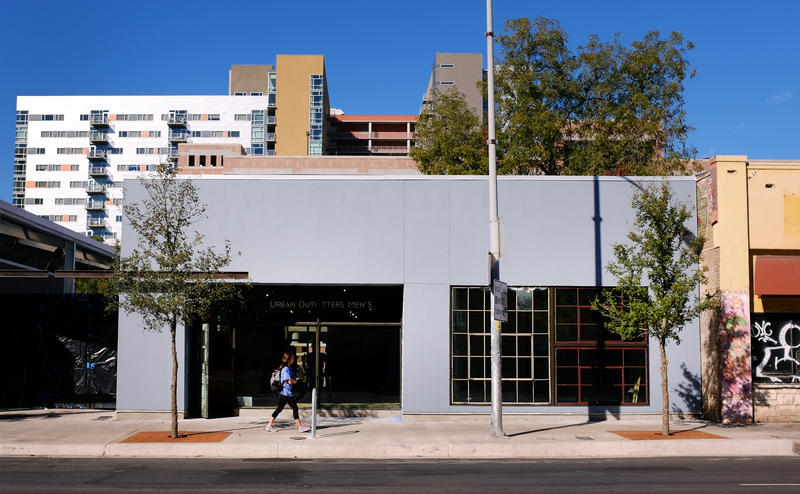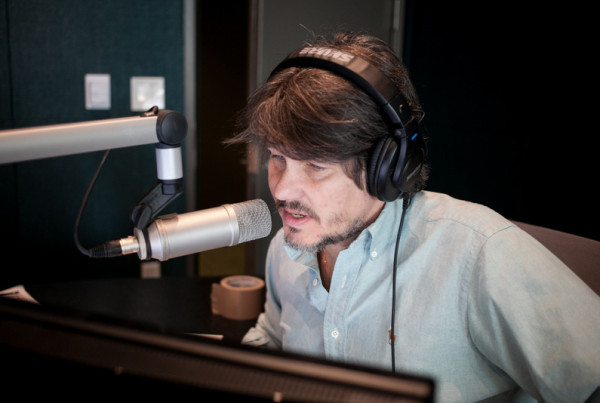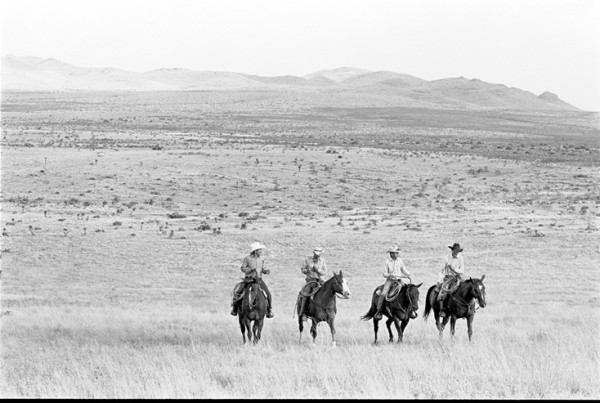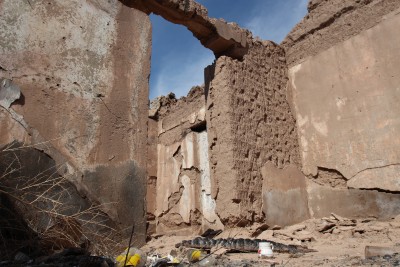This story originally appeared on KUT.
If you spend much time around Austin this sight might be familiar: A new building goes up, or a street is completely redesigned. Along with that development a row of young trees is planted along the sidewalk. Then, several months later, some of those trees are dead.
So, who’s in charge of planting and, more importantly, maintaining those trees?
Thais Perkins, executive director of TreeFolks, admits those dead trees could be considered be an opportunity for her group to come in and plant new trees.
“It’s a little tongue in cheek to say that it’s an opportunity,” she says. “We would rather the stock be healthy, diverse, well planted in good soil and to take root initially.”
That’s just not the way it sometimes works out.
Perkins says typically a developer will do what’s suggested according to the city’s specifications, which outlines what kind of tree is to be planted or how it should be planted.
The thing is developers are required to plant a lot of these trees by the city. They’re called “street trees.” The city plants trees, too. But it’s difficult to answer whether developers and the city could be doing more to make sure the trees live, or who would even be responsible for the trees once their planted.
The Urban Forestry Program, which is operated through the Parks and Recreation Department, suggested calling the City Arborist. That program is attached to the Development Services Department. Keith Mars of the arborist program said, yes, many street trees have a short life span.
“It’s caught our attention,” Mars says. “It’s caught the attention of the development community as well.”
That’s often a problem of tree maintenance, but it’s the responsibility of the Public Works Department or nearby landowners.
“We have lessons learned,” Mars says. “We always have those situations of well what could we do better?”
He says the city’s stopped allowing many above-ground planters for street trees. Apparently, it’s hard to keep trees alive in those things.
“We also are getting better about kind of coordinating between departments, and that kind of chain of custody,” Mars says, adding that the maintenance, accountability and communication between landowners and the Public Works Department is outlined in a license agreement.
Just to keep track: We’ve heard that Parks and Rec, the City Arborist and Public Works all have some city tree responsibilities. But there are other departments involved too. Some people say that, in itself, is part of the problem: too many cooks.
Markus Smith , an arborist and owner of Just Trees, says he thinks it would be a lot simpler, and probably better for trees, if there was one go-to office for trees.
“It’s already hard to find competent arborists,” he says. “So, to try to find four sets, if you have four departments is even more difficult.”
The other part of the equation is landowners. Smith says they’ll have to take more responsibility, if Austin’s youngest trees are going to put down lasting roots.















